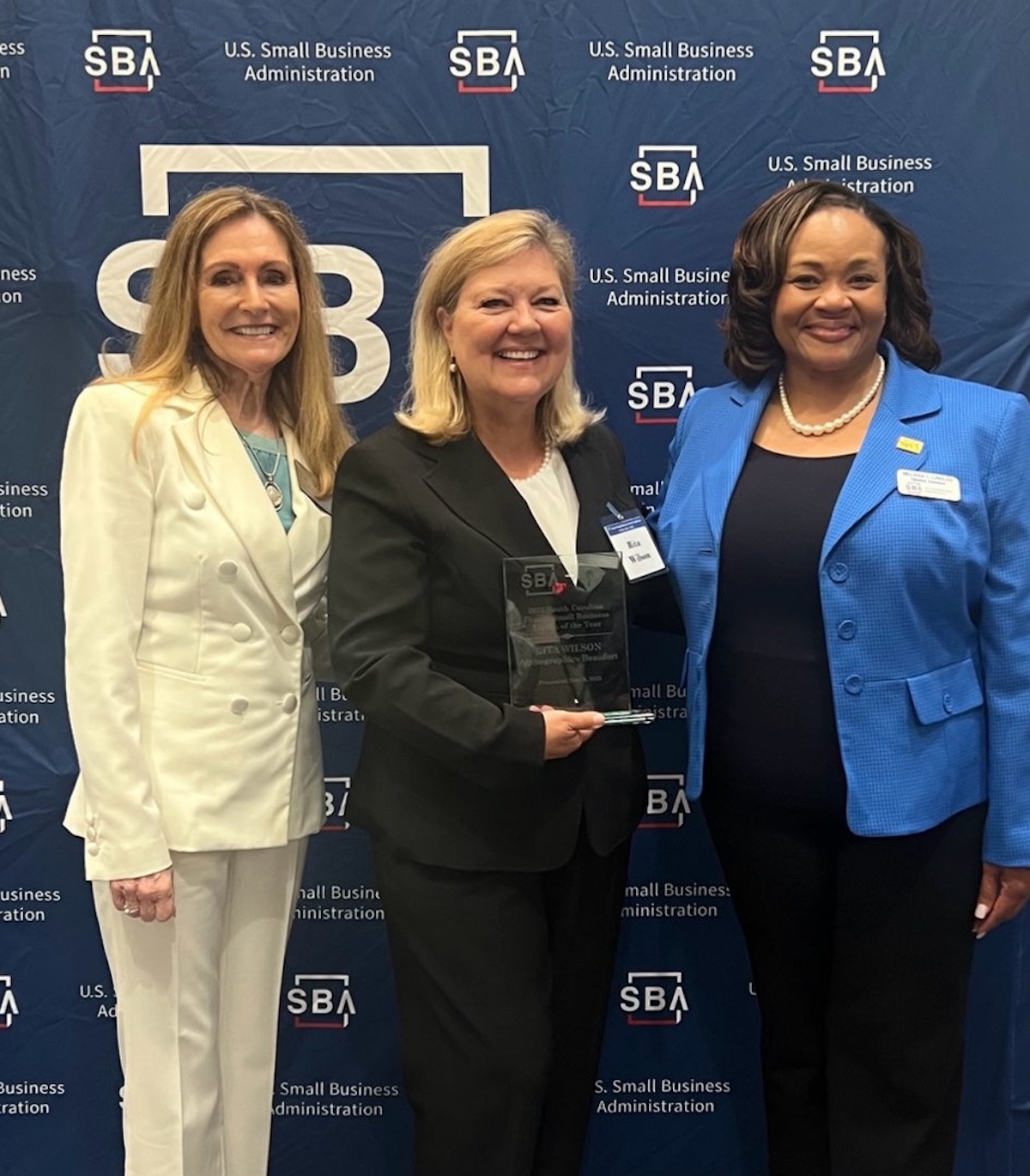Presented by Fred Gaskin
For investors, 2020 has been a roller coaster ride. For much of the year, investors have been anxious, and felt vulnerable because of all the factors beyond their control. As 2020 draws to a close, the end of year is also a good time for investors to think about their portfolios and overall savings and investing approach. Whether you’re a self-directed investor, or you rely on a financial adviser, you should consider a few steps that could help minimize your tax liability for the current tax year, and improve your portfolio positioning for 2021:
1. Rebalance your portfolio: According to Schwab’s 2019 Modern Wealth Survey, less than 50 percent of investors have rebalanced their portfolio in the last year. Amid the increased market volatility recently, it’s possible investment portfolios have strayed from their original target asset allocation.
Over time, assets that have gained in value will account for more of your portfolio, while those that have declined will account for less. This can leave you exposed to unintended risk if the market environment should suddenly change, turning former “winners” into underperformers.
Rebalancing means selling positions that have become overweight in relation to your target allocation and moving the proceeds to positions that have become underweight. The end of the year is a good time to take a look at your portfolio allocation and make sure it’s aligned to your goals and risk tolerance. This can be especially important for people nearing or in retirement, who might not be able to withstand sudden volatility.
2. Consider tax loss harvesting: Tax loss harvesting is an underappreciated investing strategy that investors should consider while rebalancing their portfolios. Investors generally don’t want to sell anything at a loss, but there can be a significant advantage if you have gains to offset. Tax loss harvesting can also serve as a motivation to sell underperforming investments or re-diversify overly-concentrated stock positions. Consult a tax professional to determine what strategy works best for your situation.
3. Max out retirement savings (if you can): End of year is a good time to evaluate your overall savings and determine if you can bump up what you’re putting away for retirement. For 2020, the maximum 401(k) contribution is 19,500. It’s a good idea to take full advantage of your employee retirement plan, at least to the point of any employer match. You can also use lump sums, like an annual bonus, to give your savings a boost.
4. Consider a Health Savings Account (HSA): It’s open enrollment season, and if your employer offers a HSA—and you qualify to contribute to one— it can serve as a stealth retirement savings account in addition to a 401(k) or an Individual Retirement Account (IRA). If you’re able to contribute to a HSA and leave it alone, it can be used to cover healthcare expenses in retirement without tapping into other savings, and after age 65, money in an HSA can be used for any expense without penalty.
5. Charitable giving: End of year is a time when many people think about charitable giving. As with other aspects of your finances, it’s important for charitable giving to be part of a broader financial plan. If you’re retired, consider donating a portion of your retirement income that you don’t need for living expenses, as you can potentially deduct contributions to qualified organizations if you itemize.
If you’re 70• or older, you could also consider donating directly to a charity from your IRA, using a qualified charitable distribution (QCD). A QCD allows you to meet the required minimum distribution (RMD) and has the added benefit of not being included in your taxable income. (Remember that RMDs have been waived for 2020.) The sooner you start working on a QCD the better because, depending on where your IRA is and how long it takes to process, you may need two to three weeks to get it done and December 31 is the deadline. You’ll want to check with your IRA custodian on the proper process since it will be different than a typical distribution.
I’ve said before, managing your investments, and making smart financial decisions doesn’t have to be complicated. Between now and year end would be a good time to take some straightforward steps to improve your overall financial position, and increasing your odds of investment success in 2021.
Fred Gaskin is the independent branch leader at the Charles Schwab Branch in Bluffton. He has over 35 years of experience helping clients achieve their financial goals. Some content provided here has been compiled from previously published articles authored by various parties at Schwab.
Charles Schwab & Co., Inc., Member SIPC.
(1120-0VDE)







